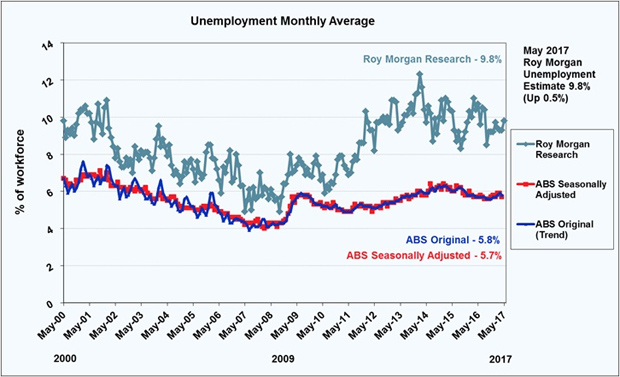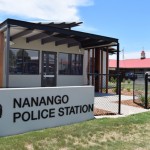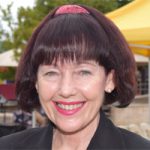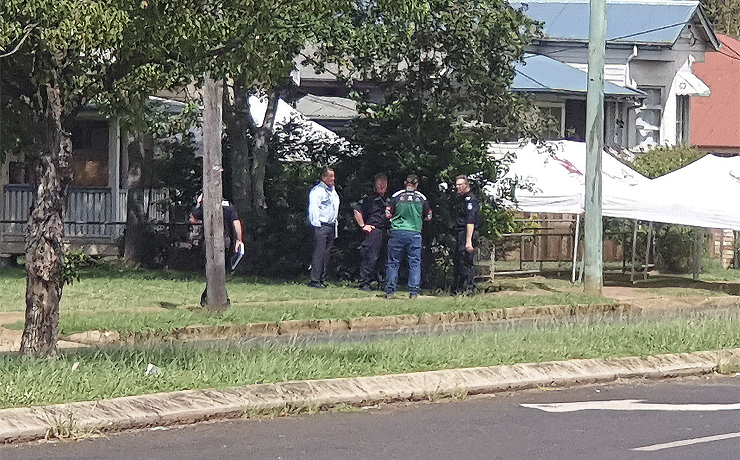
June 9, 2017
Australia’s real unemployment for May was 9.8 per cent with 1.284 million Australians looking for work, according to the latest data from Roy Morgan Research.
In addition, a further 1.338 million Australians were under-employed in May.
This is a total of 2.622 million Australians (ie 20 per cent of the workforce) either looking for work or looking for more work.
The figures are substantially higher than the current Australian Bureau of Statistics (ABS) unemployment estimate for April 2017 (5.7 per cent).
In May, Roy Morgan Research estimates the total Australian workforce was 13,074,000 (up 291,000 in 12 months) and employment grew to 11,790,000 (up 376,000).
However the increase in employment was almost entirely driven by a large increase in part-time employment which rose 346,000 to 4,238,000, while full-time employment rose a modest 30,000 to 7,552,000,
Roy Morgan says real unemployment is at 9.8 per cent, down 0.9 per cent from a year ago, but under-employment is up 2.8 per cent to 10.2 per cent over the same period.
The rise in under-employment is a direct consequence of the increasing proportion of part-time employment at the expense of full-time jobs, the company says.
The total of 2.622 million Australians unemployed or under-employed is the 20th straight month more than 2 million Australians have been looking for work or looking for more work.
It is also only the fourth time this figure has exceeded 2.6 million Australians.
Gary Morgan, the Executive Chairman of Roy Morgan Research, says the figures indicate the need for policy reforms being implemented now, rather than in three years.
“The Australian economy is generating jobs – a total of 376,000 over the last year. However most of these jobs are part-time rather than full-time, and this contributes to a growing problem of under-employment which has grown by 391,000 over the same period,” Mr Morgan said.
“Unfortunately any increase to the minimum wage above inflation and over award payments like weekend and public holiday penalty rates means there is no incentive for employers of unskilled staff in retail and hospitality businesses to open for additional hours or take on more staff.
“For this reason, last week’s Fair Work Commission’s decisions to increase the minimum wage by $22 per week and partly defer cuts to Sunday penalty rates over three years instead of now have dealt a significant blow to the prospect of more jobs for Australia’s unemployed and under-employed.”
The company’s survey on Australia’s unemployment and under-employed is based on weekly face-to-face interviews of 535,118 Australians aged 14 and over between January 2007 to May 2017, and included 3,866 face-to-face interviews in May 2017.
Roy Morgan Research classifies the under-employed as those people who are in part-time work or consultants who are looking for more work.
They note that the ABS does not release this figure in their monthly unemployment survey results.























